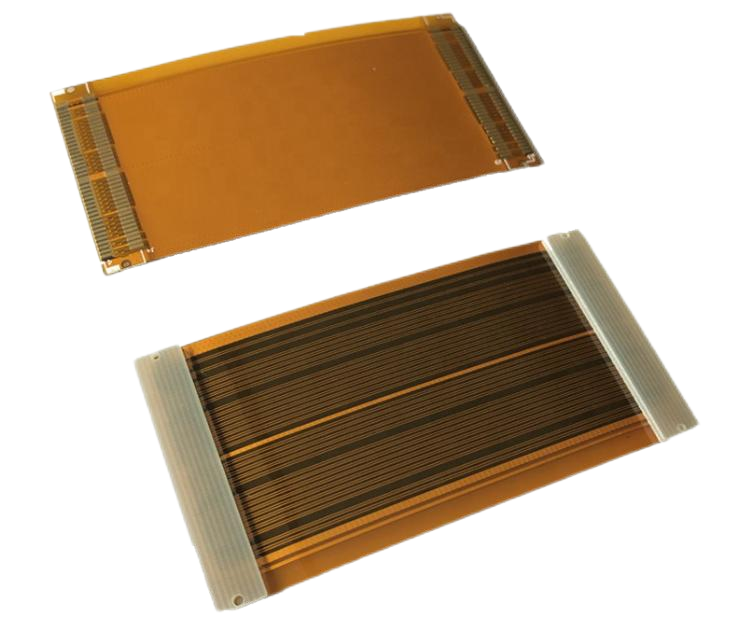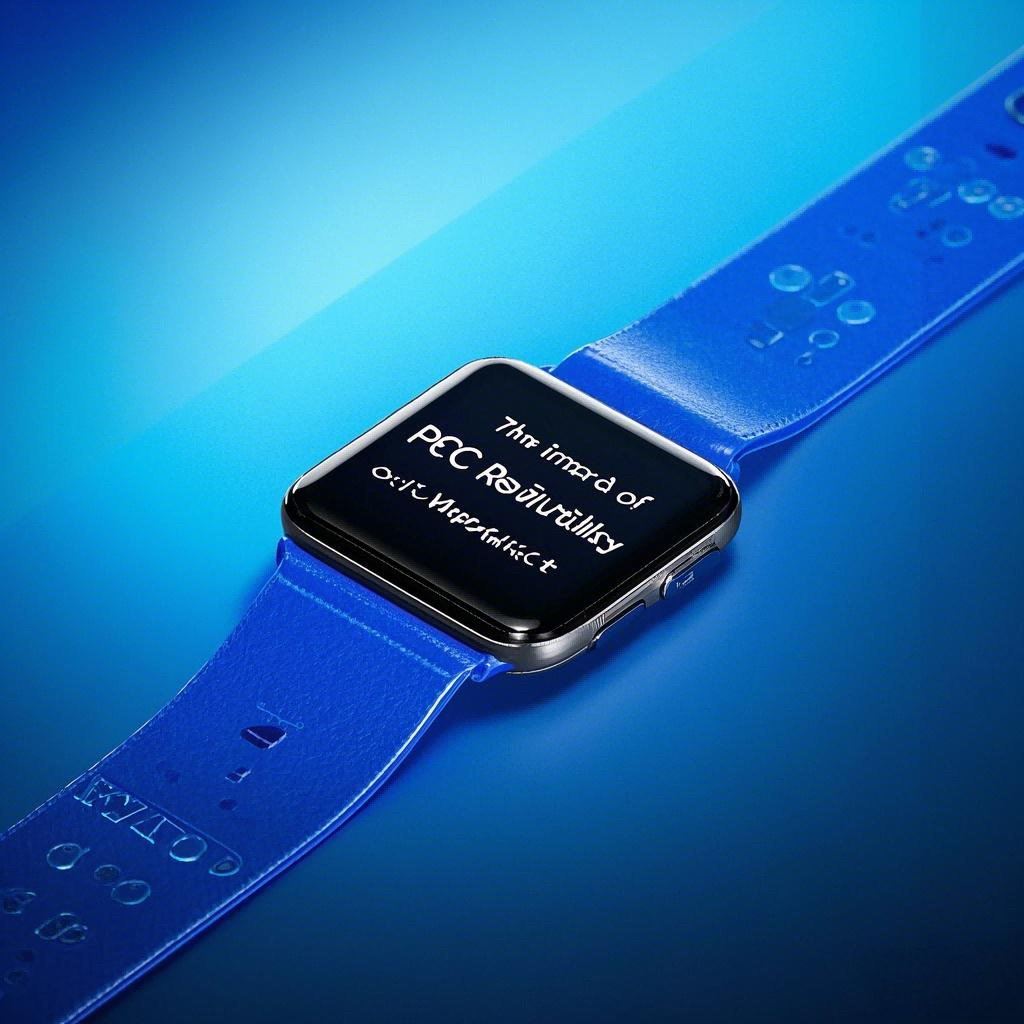Search
Demystifying FPC Gold Finger Reinforcement Thickness Calculation and Practical Insights
- Jan 07,2025
-
Share
In the fast-evolving landscape of Flexible Printed Circuit (FPC) technology, optimizing the performance and longevity of FPCs demands a comprehensive understanding of numerous intricate details. One such critical aspect that requires precise engineering is the determination of the gold finger reinforcement thickness. Let's peel back the layers and explore not only this crucial calculation but also other essential considerations in FPC design and production.

The Indispensable Role of Gold Finger Reinforcement in FPCs
Gold fingers, those gleaming conductive pathways on FPCs, act as the linchpin for seamless connectivity to external devices. Whether it's in cutting-edge smartphones, high-resolution tablets, or power-hungry server modules, their flawless operation is non-negotiable. The reinforcement layer nestled beneath the gold fingers serves as a stalwart shield, safeguarding against the ravages of mechanical stress, repetitive insertion and extraction cycles, and potential damage from environmental factors.
Decoding the Calculation of Gold Finger Reinforcement Thickness: Key Determinants
1.Mechanical Stress Endurance:Picture an FPC engineered for a demanding industrial control application, such as a Programmable Logic Controller (PLC) in a bustling factory floor. Here, the FPC will endure frequent mating and unmating operations, subjecting the gold fingers to substantial lateral forces. To ascertain the ideal reinforcement thickness, a thorough analysis of the maximum anticipated stress is essential. In an environment rife with vibrations, like near heavy machinery or in a transportation hub control room, the stress levels soar. For such scenarios, a more substantial reinforcement, perhaps ranging from 0.2 - 0.3mm, crafted from robust materials like stainless steel or advanced polyimide composites with enhanced mechanical properties, becomes necessary. This thickness not only fortifies the gold fingers but also ensures reliable electrical connections over an extended lifespan, preventing issues like pad lifting or trace fractures.
2.Electrical Performance Imperatives:In the realm of high-speed data transmission, such as in 5G base station FPCs or next-generation data center interconnects, maintaining signal integrity is paramount. The impedance of the gold fingers and the overall circuitry must be meticulously tuned. The reinforcement thickness can introduce subtle yet significant changes to the electrical characteristics. If too thick, it may induce unwanted capacitance or inductance, leading to signal degradation and data errors. In these high-frequency applications, a thinner yet mechanically resilient reinforcement, typically around 0.1 - 0.15mm, is favored. Design teams often employ advanced electromagnetic simulation software to model the electrical behavior and optimize the reinforcement thickness, ensuring unimpeded, high-fidelity data flow across the FPC.
3.Space Limitations in Compact Devices: In the highly competitive world of consumer electronics, where miniaturization reigns supreme, think of sleek smartwatches, ultra-thin fitness trackers, or pocket-sized earbuds. Space is a precious commodity, and while the gold fingers require reinforcement, it must be achieved without adding bulk. For these applications, innovative material solutions come into play, allowing for ultra-thin yet flexible reinforcements, with a thickness as slender as 0.05 - 0.1mm. This demands a deep understanding of advanced materials like ultrathin stainless steel foils or specialized polymers, as well as precision manufacturing techniques to integrate them seamlessly into the FPC design.

Additional Practical Aspects in FPC Production
1.Material Compatibility and Selection: When handpicking the reinforcement material, a holistic approach considering chemical and physical compatibility is crucial. In a medical-grade FPC, for example, where biocompatibility is a top priority, materials must be chosen with care to avoid any leaching of harmful substances or adverse reactions with bodily fluids. This involves rigorous material testing protocols, evaluating parameters like cytotoxicity, hemocompatibility, and long-term stability.
2.Manufacturing Process Precision and Quality Control: The process of applying the reinforcement layer is a high-stakes operation that demands micron-level precision. Inaccurate alignment during lamination or inconsistent thickness across the FPC can spell disaster for performance. State-of-the-art production facilities leverage cutting-edge optical alignment systems, automated lamination processes, and in-line inspection tools to maintain tight tolerances. This ensures that each FPC that rolls off the production line meets or exceeds the most stringent quality benchmarks.
In conclusion, calculating the FPC gold finger reinforcement thickness is a complex interplay of multiple factors, and it represents just one facet of the elaborate tapestry that is FPC manufacturing. Shenzhen Huaruixin Electronics Co., Ltd. has amassed a wealth of expertise and hands-on experience in this domain. Whether you're a seasoned veteran seeking to refine your FPC designs or a curious novice eager to learn the ropes, we welcome you to engage in fruitful discussions and knowledge exchange. Let's join forces to break new ground in FPC technology and usher in a new era of innovative and reliable products.
So, if you have any questions, ideas, or simply want to explore the latest trends in FPC manufacturing, don't hesitate to reach out. We're here to guide you every step of the way!

Let’s talk! We’ll provide the perfect solution for you!
-
 Huaruixin Electronics mainly produces printed circuit boards as the core business, to provide customers with one-stop solutions for FPC/PCB production, components sourcing and Assembly.
Huaruixin Electronics mainly produces printed circuit boards as the core business, to provide customers with one-stop solutions for FPC/PCB production, components sourcing and Assembly. - WHAT WE DO — PCB Design Solutions — Flex PCB Production — Components Sourcing — FPC&PCB Assembly
- PRODUCTS — Single Sided Flexible Circuits — Double Sided Flexible Circuits — Multilayer Flexible Cirucits — Rigid-Flex Circuits — FPC Assembly — PCB Assembly
- CAPABILITY — FPC Capability — Rigid-Flex Capability — PCB Capability — Assembly Capability
- Copyright © 2024 Shenzhen Huaruixin Electronics Co., Ltd. All Rights Reserved.
- Design By BONTOP


